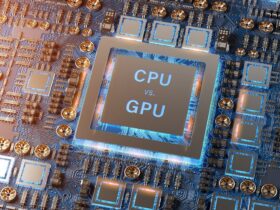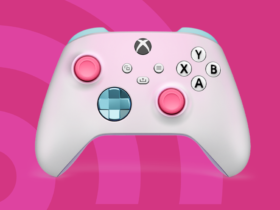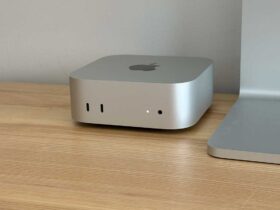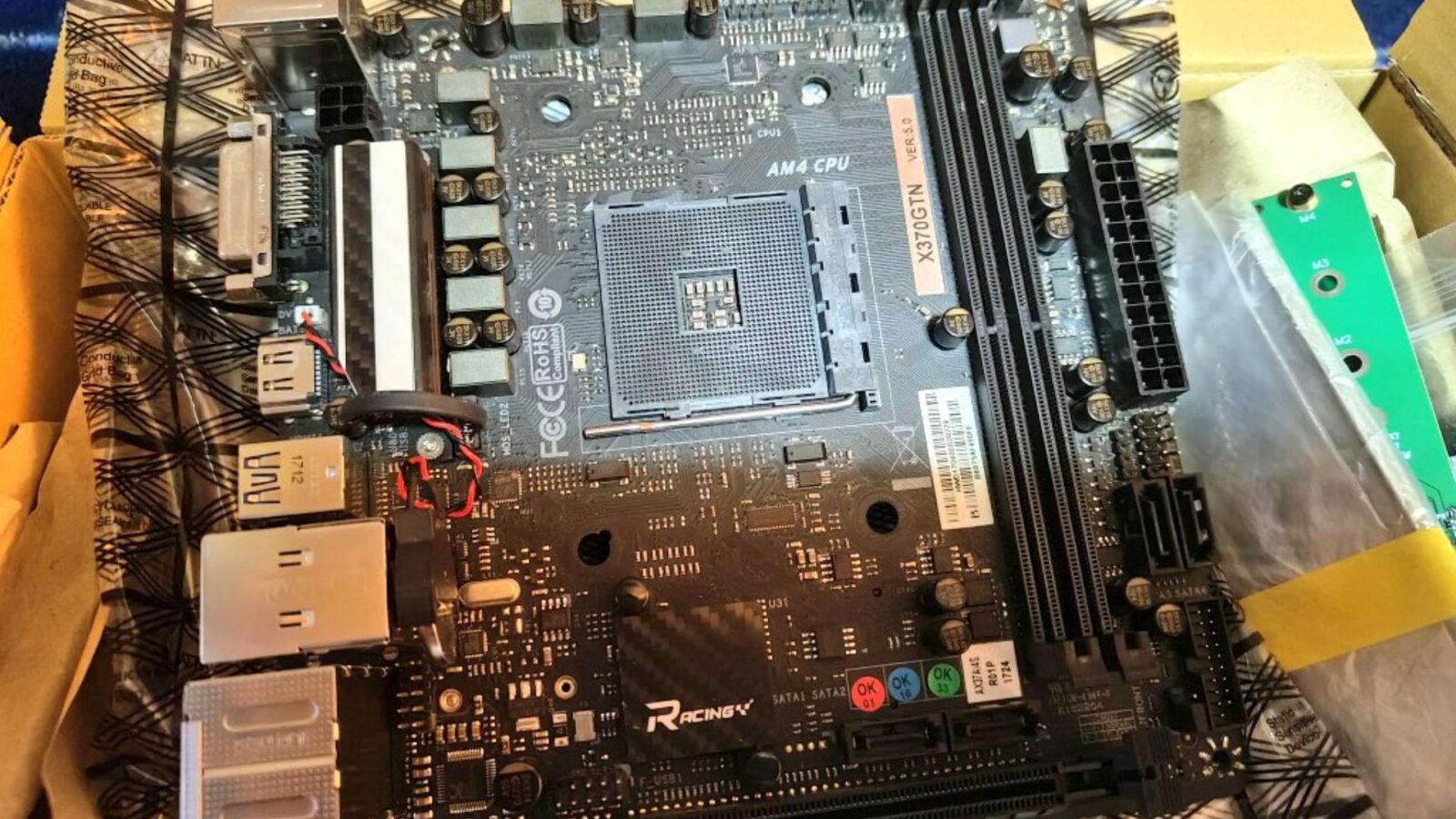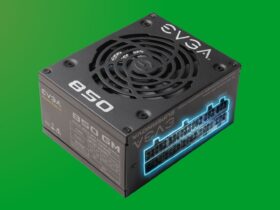Daftar Isi
The motherboard, often referred to as the heart of a computer, has undergone significant evolution over the years. From the classic ATX form factor to the compact Mini-ITX, these intricate circuit boards play a crucial role in determining a system’s capabilities, expandability, and overall performance. In this article, we’ll explore the journey of motherboards—from their inception to the latest innovations—and understand how they shape the landscape of modern computing.
ATX: The Standard Setter

The Evolution of Desktop Computing: Exploring the ATX Form Factor
Since its introduction by Intel in 1995, the ATX (Advanced Technology Extended) form factor has played a pivotal role in shaping the landscape of desktop computing. With its standardized dimensions of 12 inches by 9.6 inches, ATX motherboards quickly emerged as the go-to choice for both home and office PCs. In this article, we’ll delve into the key features that have made ATX a cornerstone of modern computing.
A Platform for Expansion
One of the defining characteristics of ATX motherboards is their unparalleled expandability. With ample space for components, these motherboards typically boast six or fewer PCIe slots, providing users with the flexibility to install a wide range of expansion cards, including graphics cards, sound cards, and network adapters. For enthusiasts and power users seeking even greater versatility, Extended ATX (EATX) variants offer an expanded layout with up to seven PCIe slots, catering to the demands of high-performance computing and server applications.
Standardized Design for Seamless Compatibility
ATX specifications have long been praised for their predictable layout, which dictates precise locations for mounting points, I/O panels, power connectors, and other essential interfaces. This standardized design not only simplifies the process of system assembly but also ensures compatibility across a wide range of components and cases. Builders can confidently select cases that accommodate ATX motherboards, knowing that they’ll enjoy a seamless fit and hassle-free installation process.
Ensuring Electrical Isolation and Safety
Another crucial feature of ATX motherboards is their emphasis on electrical isolation and safety. By utilizing mounting points to keep the motherboard away from the case’s metallic surface, ATX designs effectively prevent electrical shorts and minimize the risk of damage to internal components. Additionally, the inclusion of an I/O shield provides easy access to rear ports for displays, audio devices, and USB connections, further enhancing the user experience and ensuring a clean, organized build.
Embracing the Legacy of ATX
As we reflect on the legacy of the ATX form factor, it’s clear that its impact on desktop computing has been profound and enduring. From its unparalleled expandability and standardized design to its emphasis on electrical isolation and safety, ATX continues to serve as the backbone of modern PC builds, providing users with the flexibility, compatibility, and peace of mind they need to unleash their creativity and productivity.
MicroATX and Mini-ITX: Unlocking the Potential of Compact Motherboards

In the ever-evolving landscape of PC building, enthusiasts and builders alike are constantly seeking ways to maximize performance while minimizing space. Enter MicroATX (mATX) and Mini-ITX motherboards—two compact yet capable options that offer a perfect balance of size and functionality. In this article, we’ll explore the key features and benefits of these diminutive motherboard form factors.
MicroATX: Compact Powerhouse
Measuring 9.6 inches by 9.6 inches, MicroATX motherboards may be smaller than their ATX counterparts, but they certainly don’t skimp on performance. These boards adhere to the same critical specifications as their larger siblings, making them a versatile choice for a wide range of applications.
One of the standout features of MicroATX is its space efficiency. These boards fit snugly into compact cases, making them ideal for media center PCs, small servers, and gaming rigs. Despite their reduced footprint, MicroATX motherboards deliver impressive performance, making them a popular choice for budget-conscious builders who refuse to compromise on power.
Balanced Expansion
While MicroATX may offer fewer PCIe slots than ATX, it strikes a perfect balance between expandability and space savings. Users can still add essential components like graphics cards and storage devices, ensuring that their systems are equipped to handle a wide range of tasks and applications.
Read More: Intel Arc: Intel’s Latest Endeavor in the GPU Field
Mini-ITX: The Compact Titan
Developed by Via Technologies in 2001, Mini-ITX is the smallest standard motherboard size, measuring a mere 6.7 inches by 6.7 inches. Despite its diminutive form factor, Mini-ITX packs a punch, offering impressive performance in a compact package.
Compact Creativity
Mini-ITX boards find their niche in compact builds, home theater PCs, and portable systems. Their small size allows for creative case designs and efficient use of space, making them a favorite among builders looking to push the boundaries of PC design.
Single PCIe Slot
While Mini-ITX sacrifices expansion options with only one PCIe slot, this limitation encourages innovation. Think compact gaming rigs, home theater PCs, and even custom-built NAS solutions—Mini-ITX opens up a world of possibilities for builders seeking to maximize performance in minimal space.
Beyond the Standards
Thin Mini-ITX and Beyond
Beyond the established standards, Thin Mini-ITX emerged for ultra-slim systems. These boards, often used in all-in-one PCs and digital signage, prioritize thinness and power efficiency. Their reduced height and specialized connectors allow for sleek designs.
As technology advances, we may witness further motherboard innovations. Perhaps new form factors will emerge, catering to specific niches like edge computing, embedded systems, or modular designs. Regardless, the evolution of motherboards continues to shape the future of computing, enabling us to build powerful systems in ever-smaller packages.
Conclusion
In conclusion, whether you’re assembling a high-performance gaming rig or a space-saving media center, understanding motherboard form factors empowers you to make informed choices. So, next time you open up your PC case, appreciate the intricate design of the motherboard—it’s the backbone that connects all your components and brings your system to life








